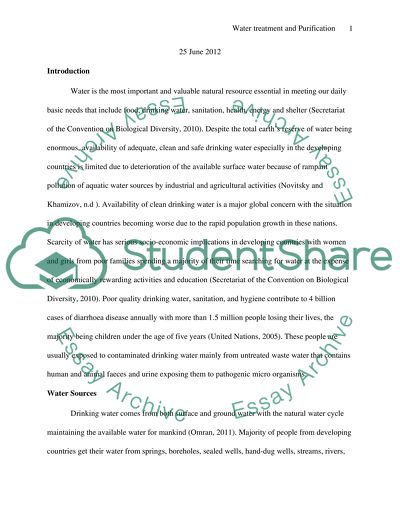Cite this document
(“Purification of Drinking Water, Drinking Water Treatment Processes, Essay”, n.d.)
Retrieved from https://studentshare.org/environmental-studies/1453666-purification-of-drinking-water-drinking-water
Retrieved from https://studentshare.org/environmental-studies/1453666-purification-of-drinking-water-drinking-water
(Purification of Drinking Water, Drinking Water Treatment Processes, Essay)
https://studentshare.org/environmental-studies/1453666-purification-of-drinking-water-drinking-water.
https://studentshare.org/environmental-studies/1453666-purification-of-drinking-water-drinking-water.
“Purification of Drinking Water, Drinking Water Treatment Processes, Essay”, n.d. https://studentshare.org/environmental-studies/1453666-purification-of-drinking-water-drinking-water.


